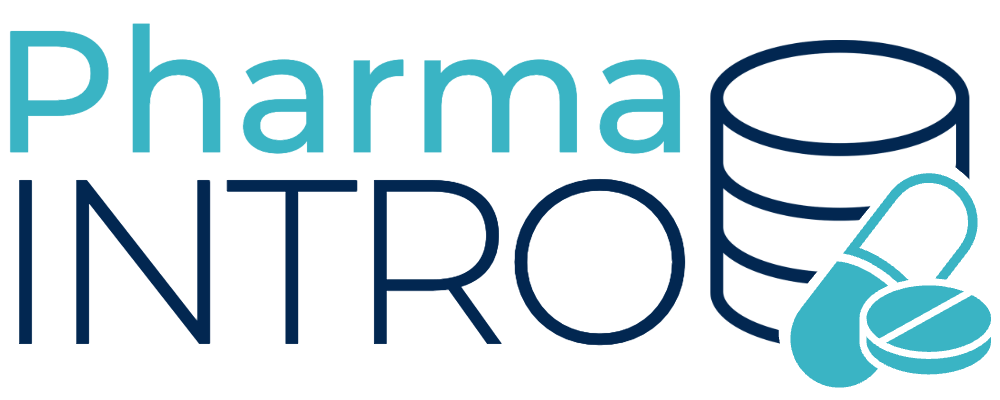Introduction
The life science industry operates in a complex and rapidly changing landscape. To thrive in this dynamic environment, understanding market dynamics is crucial. By staying attuned to market trends, shifts in healthcare policies, evolving patient needs, and competitive forces, organizations can make informed decisions, drive innovation, and seize opportunities for growth. In this blog post, we explore the importance of understanding market dynamics in the life science industry and how it can shape success.
- Identifying Opportunities and Anticipating Trends
Understanding market dynamics enables organizations to identify emerging opportunities and anticipate trends. By closely monitoring market forces, such as technological advancements, regulatory changes, and healthcare system developments, organizations can proactively position themselves to capitalize on emerging trends. This knowledge allows for timely adjustments to product portfolios, research and development strategies, and market entry decisions, fostering competitive advantage and long-term sustainability.
- Tailoring Products and Services to Market Needs
Market dynamics provide valuable insights into customer preferences, unmet needs, and evolving demands. By understanding market trends, organizations can tailor their products, services, and solutions to meet specific market needs. This customer-centric approach enhances customer satisfaction, increases adoption rates, and differentiates organizations from their competitors. A deep understanding of the market enables the development of innovative therapies, personalized medicines, and patient-centric healthcare solutions that address market gaps effectively.
- Mitigating Risks and Navigating Regulatory Challenges
Market dynamics encompass regulatory frameworks, pricing policies, and reimbursement mechanisms. Understanding these aspects is vital to navigate regulatory challenges effectively. Life science organizations need to be aware of evolving regulations, compliance requirements, and pricing pressures to ensure their products meet regulatory standards and remain competitive in the market. By staying informed and adapting strategies accordingly, organizations can mitigate risks, maintain compliance, and optimize market access strategies.
- Building Strategic Partnerships and Alliances
Market dynamics provide insights into industry collaborations, partnerships, and alliances. By understanding market trends, organizations can identify potential partners with complementary expertise, technologies, or market reach. Collaborations and alliances enable shared resources, knowledge exchange, and the pooling of capabilities to accelerate innovation and market penetration. Understanding market dynamics helps organizations identify the right partners and negotiate mutually beneficial agreements, fostering growth and expanding market presence.
- Responding to Competitive Forces
Market dynamics also encompass competitive forces within the life science industry. Understanding competitors’ strategies, market positioning, and product portfolios allows organizations to develop effective competitive responses. By analyzing market dynamics, organizations can differentiate themselves by offering unique value propositions, optimizing pricing strategies, and delivering superior customer experiences. Understanding competitive dynamics helps organizations stay agile, continuously improve their offerings, and maintain a competitive edge.
- Enhancing Strategic Decision-Making
A comprehensive understanding of market dynamics serves as a foundation for informed strategic decision-making. It provides decision-makers with valuable insights into market trends, customer behavior, and competitive landscapes. Armed with this knowledge, organizations can develop robust business strategies, allocate resources effectively, and prioritize investments in research, development, and marketing. Market-driven decision-making reduces uncertainties, increases the chances of success, and positions organizations as leaders in the evolving life science industry.
Conclusion
In the ever-changing life science industry, understanding market dynamics is essential for success. By analyzing market trends, anticipating shifts, and aligning strategies with customer needs and regulatory requirements, organizations can drive innovation, seize opportunities, and navigate challenges. A deep understanding of market dynamics empowers organizations to tailor products and services, mitigate risks, build strategic partnerships, respond to competitive forces, and enhance strategic decision-making. Embracing market intelligence is vital to remaining competitive, fostering growth, and positively impacting patient care in the dynamic world of life sciences.

